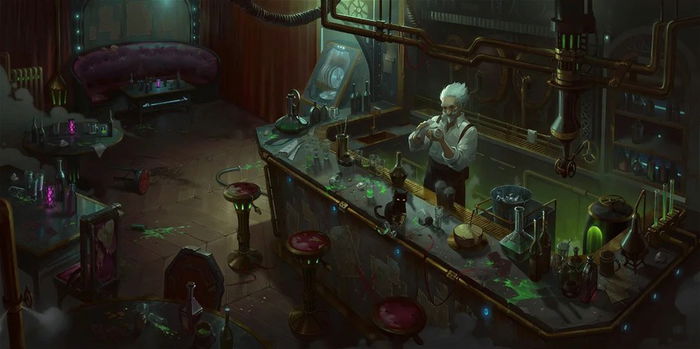
Introduction
On March 10th, we'll have a new format for the Daily Rumbles, the Singleton format!
This deckbuilding format in LoR respects the usual norms of deckbuilding of official tournaments, in which we use "Riot Lock", but with a few key differences.
You can have only one copy of each card in your deck, and you can have up to three regions instead of two. Crazy, right? Yeah, it gets even crazier when I tell you that on March 18th, the official Riot tournament, "Runeterra Open", will also be played in the Singleton format.
However, as not everyone will be used to playing, or even building these types of lists, I decided to gather 3 Singleton decks which, I believe, will be the most recommended for you to bring to these events. We'll discuss the deckbuilding and their gameplay, all while you learn that 50% of the success of a professional LoR player comes from deckbuilding. Let's go!
First steps: How to start building a Singleton deck
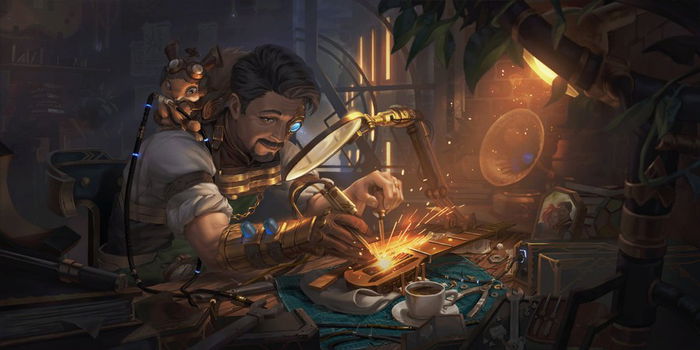
The first thing to consider is that you are piloting a list that won't be at all as consistent when compared to your regular LoR lists. As in Runeterra you always work with up to 3 copies of a card, this maximizes a lot the chances of you getting these cards during the game, and of making a combo or some standard development of your deck repeat itself in several matches.
Whereas in Singleton, that is a lot different. Your chances of drawing a card are always 1/40, so your consistency is very low.
Don't be mistaken, though: it is still possible to build a very strong list considering this rule. The secret is to choose carefully what you want to include in your list, and to always choose the right cards, there are some concepts you must learn.
Choosing the main region of the list: Good Cards
I call this process “Good Cards”.
You'll choose a region you like, and from there, separate only the good cards. Here goes a sample of the best 5 cards of each region for the Singleton format, to help you have guidance when it's time to deckbuild, because I believe these are cards that must be present in your deck, in case you choose that region.
- Bandle City

- Bilgewater

- Demacia

- Freljord

- Ionia

- Noxus

- Piltover & Zaun

- Shadow Isles

- Shurima

- Targon

Synergistic Cards from the Main Region
After you get your Good Cards, you can add some other cards that have a certain degree of synergy with your Good Cards.
This part might be the hardest for someone who isn't used to deckbuilding, but, basically, it is, for instance: identifying that you probably have in your deck a lot of cards with the Last Breath keyword, for instance, then you add cards that have synergy with that type of mechanic.
When you fill out more or less half of the list with these cards from the chosen region, we can move on to the next step.
*You don't need to follow this rule of filling out half the deck strictly, but it is usually more recommended to finish the first step of our guide with 20 cards in your deck. Don't worry, because you'll alter your list later.
Support Region: Cards with synergy, but in another region
This step is basically the step above, but now you'll choose only cards from another region. For instance: as our deck has lots of Last Breath units, we'll look for Last Breath cards, but in another region.
There will probably be more or less 10 to 5 cards left to complete your deck now. This way, you're ready for the next step.
Support Region
Now you finish your deck with the third region. You can choose the Good Cards that we listed above, or choose even more synergies that make sense with your deck. And there you go, you must probably have a 40 card deck now.
But we're not over yet.
Refining of the list — The most important part
Now you must sit and rethink your choices. A very important tip for the Singleton format is to try and keep a triangular mana curve in your deck. That means, your mana curve must look something like this one:
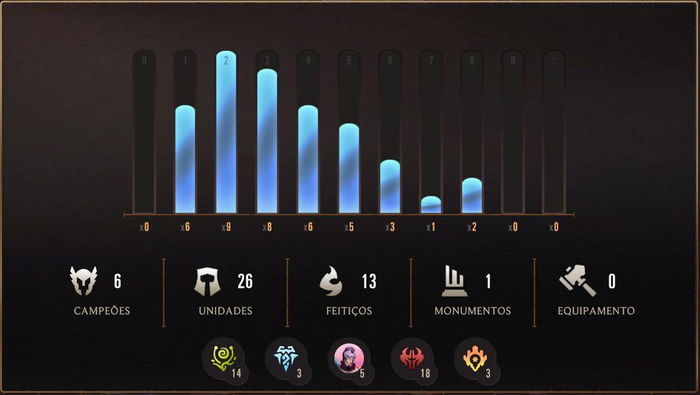
That is extremely important, because having a higher number of 2 to 4 mana cost cards maximizes your number of interactions with the board and with the game in general, during midgame.
It is quite common that Singleton lists always work in a similar rhythm, but with different ideas, in which you'll always have a deck that converses well with the beginning, middle and end parts of a match.
As a result, you must make quite clear what is your win condition. Usually, that is made using spells or units that are just a little more expensive. So, as much as you don't have as many of those expensive cards in your deck, they'll be the greatest core that will guide you to the finish line, always.
About the Singleton Rhythm
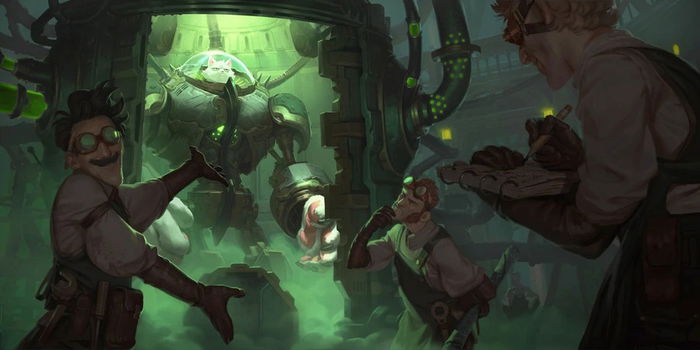
As you are playing a list with 40 different cards, it is usual that the game rhythm is always a bit slower, but quite sequenced, as each play you make is unique, and each removal or unit exchanged on board really makes a difference at the end of the match.
In case you lose a champion, there's no turning back, they're gone forever - you won't get another one like it, and as it isn't worth it to invest in protection tools for your units, it is always recommended you bring units that bring value to the board.
That means that, in general, units that create, draw, or summon cards, are always the best options. Here goes my Top 5 best cards for Singleton considering the subject we've just discussed:

That's why very aggressive lists don't work that well in Singleton. You can sort of build a deck filled with Burn and small units, but value will always be best in these situations with 40 different cards.
In case you are an Aggro player, my recommendation is to play more midrange lists, which are quite linear, and have beefier units. Usually, you find these units in Demacia, Freljord and Shurima.
Singleton is a great format for players that love control Decks, because the game rhythm will always be slow, and with critical decision-making from the very first turns.
Top 3 Decklists I recommend
Now that you've learned how to build your Singleton deck, here are 3 decks I recommend you use. In my view, they are the three best ways to play the format and can be very successful in your competitive journey.
Darkins Singleton
This list works really well in the Singleton format, even after the Darkin champions were nerfed, because the mechanic of tutoring the champions Aatrox and Kayn makes your deck consistent.
Another mechanic that makes quite a lot of sense is the Darkin equipment which will fill your hand, because in this type of format, it is very easy to end up with no cards in hand sometimes. However, Darkins pile up in your hand during the game, and then at the end game they can be summoned, creating a lot of value. It's like recycling a card constantly.
The number of cards that destroy equipment are very limited in this format, so as a result, this strategy is quite safe. The rest of the list is a handful of the Shurima Good Cards, which try to synergize with Akshan. This list is a great option for those who like aggressive lists and a faster game pace.
Super Nox Control
This list is a blend and also a reread of two lists, Norra Swain Noxus-Control, and Jhin Annie.
It is an archetype well known by the community, and definitely we can all agree that Norra's portals are incredible for the Singleton format. However, you must be asking yourself: why are we using Jhin, isn't it best we use the Piltover region?
I believe Piltover & Zaun cards in this type of deck make it a bit too responsive, and bring a type of gameplay that forces your deck into multiple actions in too many sequenced turns. That makes the list run out of cards very fast, and because of that, I believe the use of Jhin makes easier the idea of playing on curve, which we are aiming at.
And also, this champion opens up a range of finishers that can turn the game in our favor, such as, for instance: The Zaun Diva, Riptide Rex, and even She Who Wanders, if you're brave enough. That is without mentioning a few cards that are amazing for midgame, such as Doombeast and Solari Sunhawk.
Super Catastrophe Seraphine Extravaganza
For me, this is the best Singleton list possible in the whole game. These three regions match perfectly with one another, because note that each card creates value, or removes a unit.
You can expect to play against this type of deck a lot during the weekend, because I believe it will be the most popular and well-accepted strategy in the format. Lists close to this one are meta and played by players in the top of the Master ranks; this type of archetype was even responsible for getting me into Masters this season.
We can expect this list to be the most successful one in Rumbles, by far, even more so because it's hard to think of an easy way to stop the value created by this deck using another Singleton list. Though I made quite clear during this article that you need to choose cards as finishers, this deck doesn't have a very specific win condition, precisely because it is so easy for those regions to create numerous cards and a lot of value, and as a result, usually victory comes from cards you created in hand.
Therefore, this deck can be classified as a very hard list to play, because your decision-making is very important, as the whole time you'll be creating new cards that need to make sense with what's happening in the game.
Final Words
Now you've learned everything about the Singleton format, from deckbuilding to choosing the best lists.
I hope you liked the article! If you liked it, don't forget to share and comment on social media. See you!

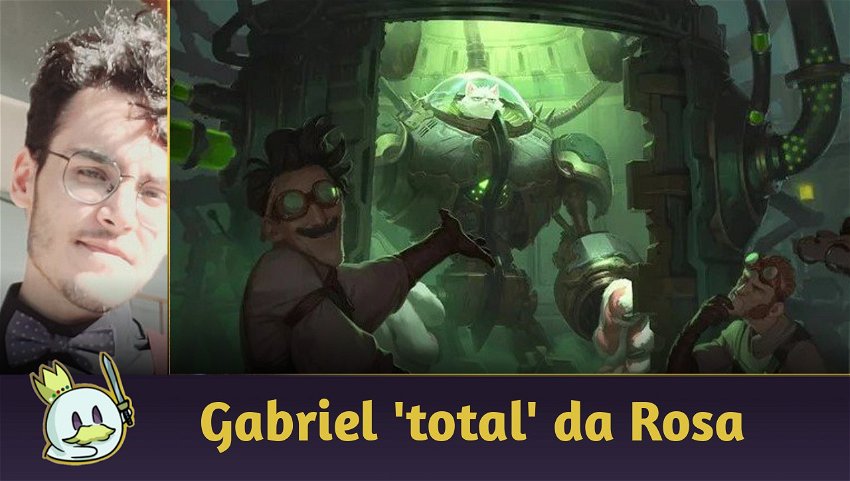







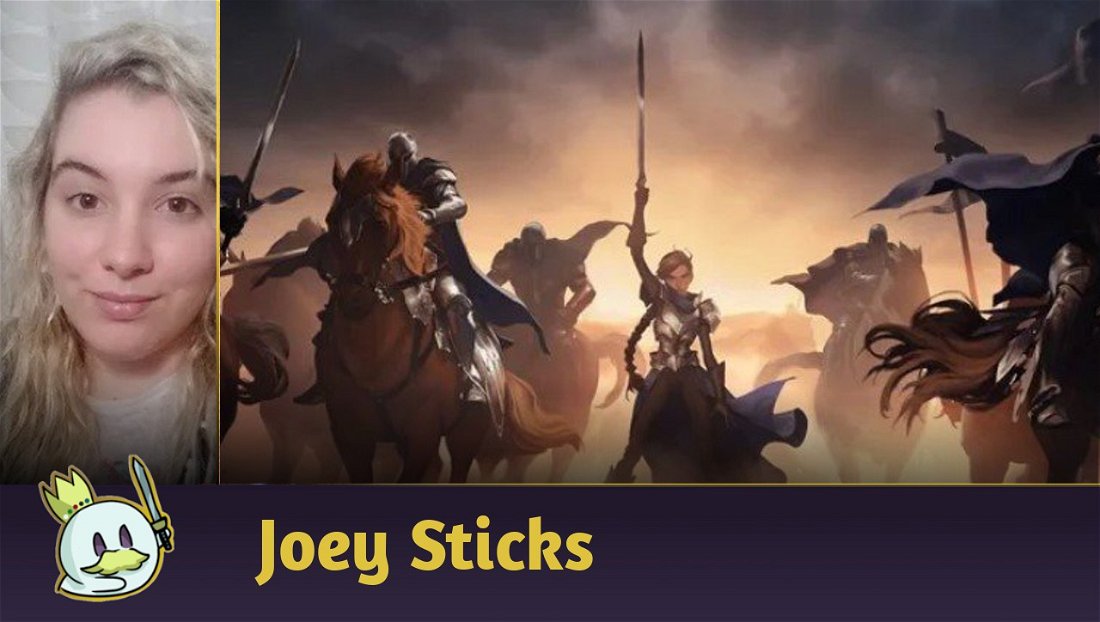
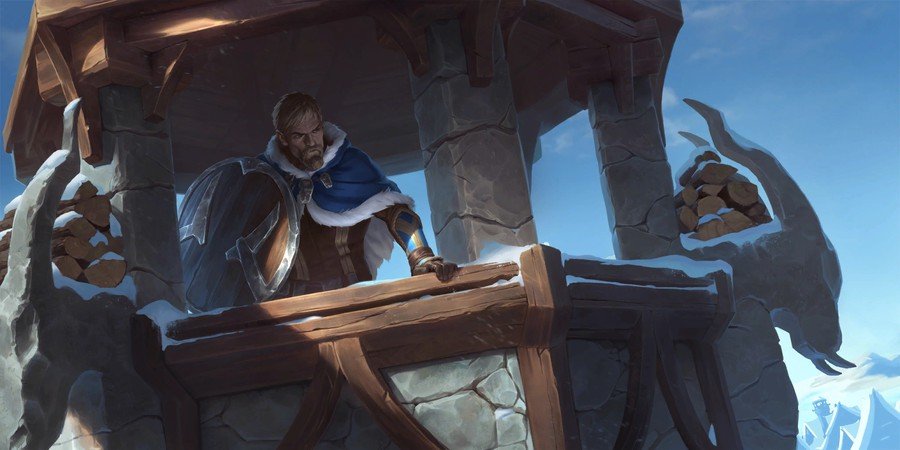



— Comentarios 0
, Reacciones 1
Se el primero en comentar